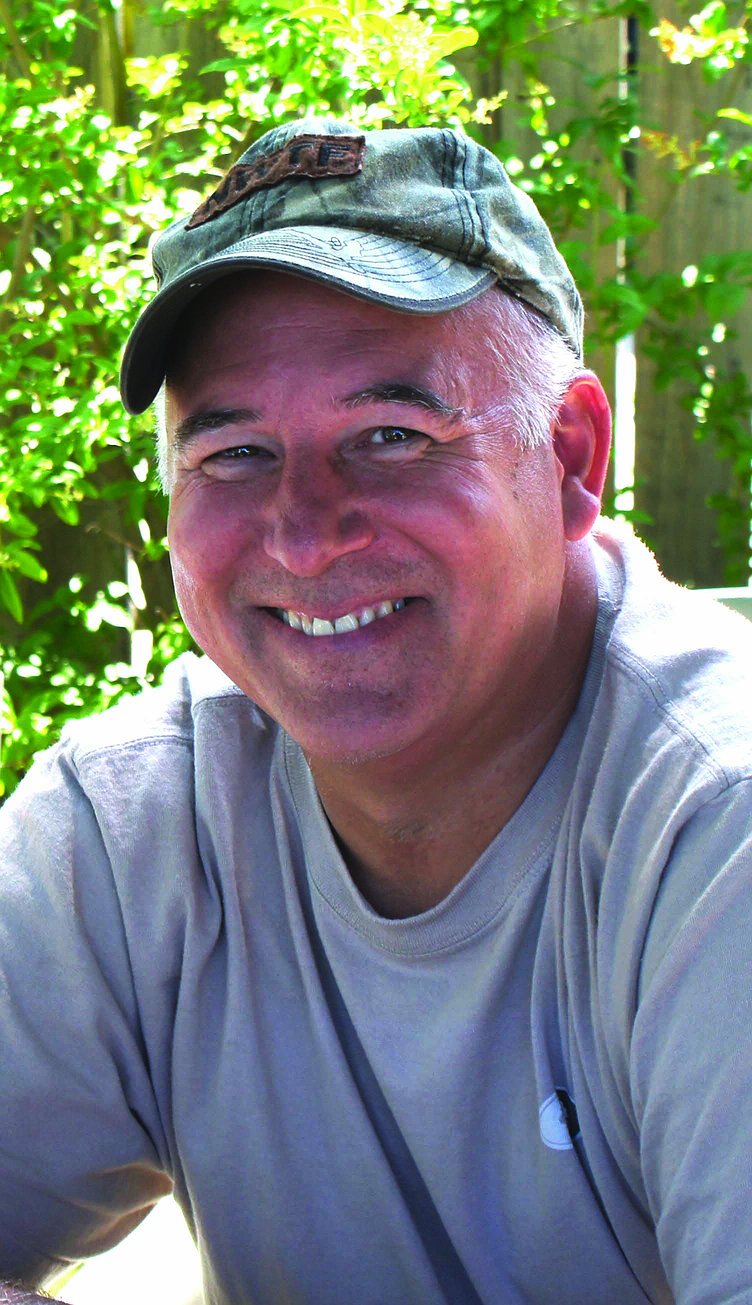In quest of 'lost apples'
When Stan Myers bought the family's six-acre property above Denton Slough in Hope some 25 years ago, the former dairy farm came with about 18 very old apple trees. Myers took it as a labor of love to nurse the old and neglected trees to health — and they now repay the family with a couple dozen gallons of pressed apple juice each year.
But Myers wasn't sure what varieties of apples his old trees were producing. Several years ago he learned of the Lost Apple Project, based in Whitman County, Wash., whose mission is to identify and preserve the vanishing heritage apples of the Northwest. Myers connected with the project founder, David Benscoter — but COVID intervened, and a visit to the Myers' home orchard never coalesced.
Then Stan saw that Benscoter has authored a new book, “Lost Apples: The search for rare and heritage apples in the Pacific Northwest,” published by Keokee Books in Sandpoint. The two reconnected and Benscoter made a visit to the Myers orchard in October.
“With one bite of an apple from the first tree, he wrecked our longstanding belief we had Snow apples, which are a very old apple variety,” Myers said. “They are original stock Red Delicious apples which are much different than today's super red-colored and watery Red Delicious apples.”
But Benscoter couldn't positively identify some of the other varieties; in a phone call he said he suspects the trees may include three other apple varieties, a Winter Banana, a Wolf River and possibly a Palouse. He's taken samples from Myers' trees for DNA fingerprinting. Of the Myers' orchard, he said, “they're very old trees; I'm sure they're over a hundred years old. They're just the kind of trees we're looking for.”
What Benscoter and others in the Lost Apple Project are looking for makes a somewhat astonishing story. From the time the first apples arrived in North America with colonists in the 1600s, up through the 1900s, an estimated 17,000-plus named varieties of apples were cultivated. Thousands of those varieties, also called “cultivars,” were brought to the Northwest by the pioneers for their home orchards and commercial growing. Most of those apples are lost and likely extinct today.
Benscoter's new book, “Lost Apples,” co-authored by Linda Hackbarth, is the account of the apple historians and enthusiasts who are canvassing the region's old orchards and forgotten homesteads in search of rare apples that still survive. The book relates the histories of many of the early nurserymen of the region and tells of the current quest to find and save rare apple cultivars. It includes an appendix of more than 1,600 cultivars documented by nurseries and the Washington State University agricultural college from the late 1800s to early 1900s. The book also includes dozens of beautiful apple illustrations from the historical USDA Pomological Watercolor Collection.
Benscoter hopes his book inspires others to learn more about heritage apples and join the effort to save them. As he writes, “So far, we've found more than 30 apples once believed to be extinct … and the best news is, we are going to find more.”
“Lost Apples” is available at retailers around the region, including Vanderford's Books, the Corner Bookstore, Bonners Books, or online at KeokeeBooks.com.





